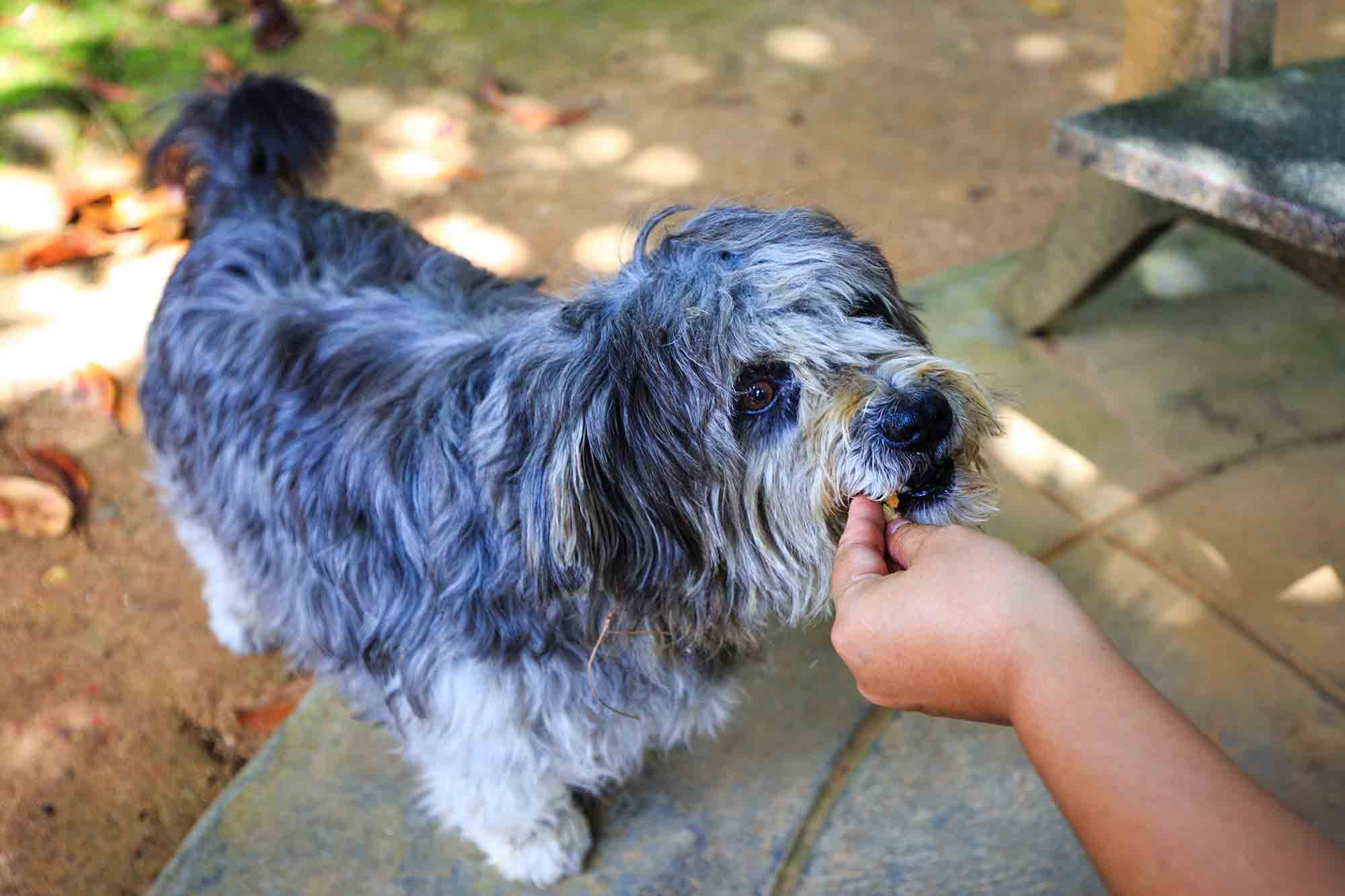Geographically Challenged: What to Do if You Find a Lost Pet
 Many of us have seen a wandering pet from time to time. Maybe we’ve been able to get them to safety or maybe we’ve wanted to, but weren’t sure how. Unfortunately, running after a loose dog or cat isn’t the best way to catch an escaped or lost pet. Harpeth Hills Animal Hospital has some tips on what to do if you encounter a lost dog or cat.
Many of us have seen a wandering pet from time to time. Maybe we’ve been able to get them to safety or maybe we’ve wanted to, but weren’t sure how. Unfortunately, running after a loose dog or cat isn’t the best way to catch an escaped or lost pet. Harpeth Hills Animal Hospital has some tips on what to do if you encounter a lost dog or cat.
How to Get a Lost Pet to Come to You
Many times, stray or lost pets are panicked and running in fear. They’re out of their safe place, and they know it. Calling or patting your leg or walking toward a lost pet isn’t an effective way to catch them because their fight or flight response will kick in. They’re more likely to run away from you, sometimes in an unsafe direction.
Instead (especially for dogs), get a potato chip bag or something similar and crinkle it up so it makes a lot of noise. Don’t make eye contact, but instead, pretend to drop food on the ground and bend down to “pick it up.” This may entice the dog to come to you. Cats can sometimes be lured by shaking a food bowl with dry food in it or by opening a can of cat food or tuna.
Then again, some lost pets simply show up on your doorstep, obviously belonging to someone but begging to come into your house!
Next Steps for Lost Pets
Once a pet is safely in your hands, what should you do next?
- Contain them safely. If you don’t want them in your home, dogs may need to be contained in a fenced yard or with a leash. You should not leave dogs tied up unattended for any length of time. Cats can be contained in a bathroom or other small room with no exits for them to escape. You may also use a cat carrier, but it may be difficult to get a fearful kitty inside.
- Check for ID. Does the animal have a collar and tags? If so, you may be on the road to finding them their home. Call any numbers on the tags to try and locate the owner. If the pet has a veterinary rabies tag, call the clinic. Staff there should have records of the pet and their owner. If you go this route, also call the local shelter and file a “found” report in case the owner is currently searching for their lost pet. If you don’t wish to keep the pet, you can have the shelter pick them up or drop the pet off yourself for safekeeping.
- Scan for a microchip. Microchips are a great way to locate owners of lost dogs and cats. It’s crucial that you have the pet scanned at a shelter or veterinary clinic. If there is a chip, the pet owner’s information should be available so they can be contacted immediately.
- Post a picture. One advantage of social media is that posting pictures of lost and found pets can locate the owner quicker than ever. Consider posting the pet’s picture and information on the social media platform of your choice. You can also search for lost and found groups on Facebook, Twitter, and other websites.
- Try the old fashioned way. You can also post flyers in your neighborhood, which is a great way to get the word out about a lost pet to those not on social media. Posting a picture is important, as we all having different ways of describing coat color and physical characteristics of the animal in question.
- Contact the shelter. Even if you don’t want to, it’s very important to contact your local shelter and let them know you’re holding a lost pet. This is where most owners will head first to find their lost pet.
You’re always welcome to bring us a flyer, as well. We often get calls from owners who are searching for a lost pet, so loop us in so we can help get the word out, too! If you have any questions about a lost or found pet, please give us a call.

